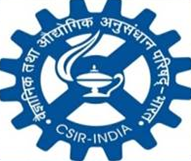| Classifier | Input feature | Threshold | Sensitivity | Specificity | Accuracy | MCC |
|---|
| SVM | Whole amino acid composition (Whole AAC) | 0 | 92.50 | 97.73 | 95.24 | 0.91 |
| SVM | Selected 14 residues composition (D, E, F, I, K, L, M, N, P, R, S, T, V, W) | 0 | 88.75 | 94.32 | 91.67 | 0.83 |
| SVM | N terminal first 5 residues (NT5) binary pattern profile (BPP) | 0 | 95.89 | 83.33 | 90.91 | 0.81 |
| SVM | C terminal first 5 residues (CT5) binary pattern profile (BPP) | 0 | 97.26 | 72.92 | 87.60 | 0.75 |
| WEKA | Whole amino acid composition (Whole AAC) | 0.5 | 93.75 | 96.59 | 95.24 | 0.90 |
| WEKA | Selected 8 residues composition (D, E, F, K, R, S, T, W) | 0.5 | 93.75 | 95.45 | 94.64 | 0.89 |
| WEKA | N terminal first 5 residues (NT5) binary pattern profile (BPP) | 0.5 | 98.63 | 83.33 | 92.56 | 0.85 |
| WEKA | C terminal first 5 residues (CT5) binary pattern profile (BPP) | 0.5 | 90.41 | 85.42 | 88.43 | 0.76 |





